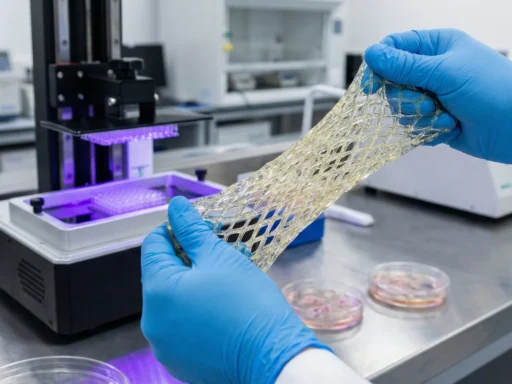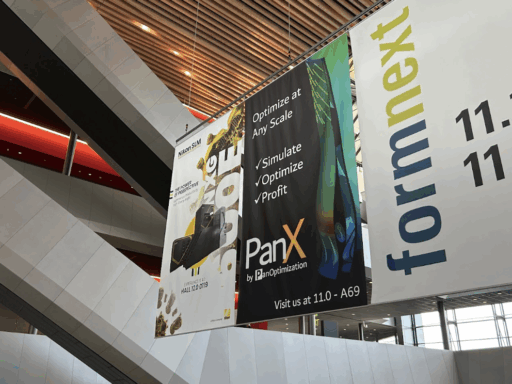Researchers at the University of Colorado Boulder have developed a new open-source software to make multi-material 3D printing more accessible and efficient. The software, called OpenVCAD, enables engineers to design objects with different materials in precise locations, which conventional CAD programs have long struggled with.
“There’s certainly a history of multi-material design study and practice that existed well before OpenVCAD,” Robert MacCurdy, Assistant Professor at the Paul M. Rady Department of Mechanical Engineering, told TechXplore. “But we believe the overhead of writing specific code for specific projects every single time prevents engineers from doing as much design as they could. With OpenVCAD, we’re doing all of that work at once—and doing it really well.”
While traditional CAD software assumes objects are made from a single material, OpenVCAD supports gradient designs, which means materials can gradually blend into one another. With this capability, numerous practical innovations are possible, for example a shoe sole that shifts from firm to soft or a soft robotic actuator that bends in one direction while remaining rigid in another.
“This is the first multi-material, code-based design tool that is widely available,” said Ph.D. student Charles Wade, the software’s creator. “It’s accessible, intuitive, and allows users to change a single variable to update an entire design—something that would be tedious or impossible in traditional CAD.”
The team tested the software on printers that can use up to five materials at once. After successful testing, the tool has great potential in applications across healthcare, robotics, and engineering simulation. OpenVCAD also allows designers to assign specific mechanical properties to individual lattice structures, creating opportunities for complex, impact-absorbing designs.
“We’re excited about the wide-ranging possibilities of OpenVCAD,” MacCurdy added. “It’s a tool that can serve a variety of fields, and we hope this approach to multi-material design takes off.”
Since OpenVCAD is completely open-source, it is now accessible worldwide, coming with a Python implementation for researchers to get started with a single line of code.






